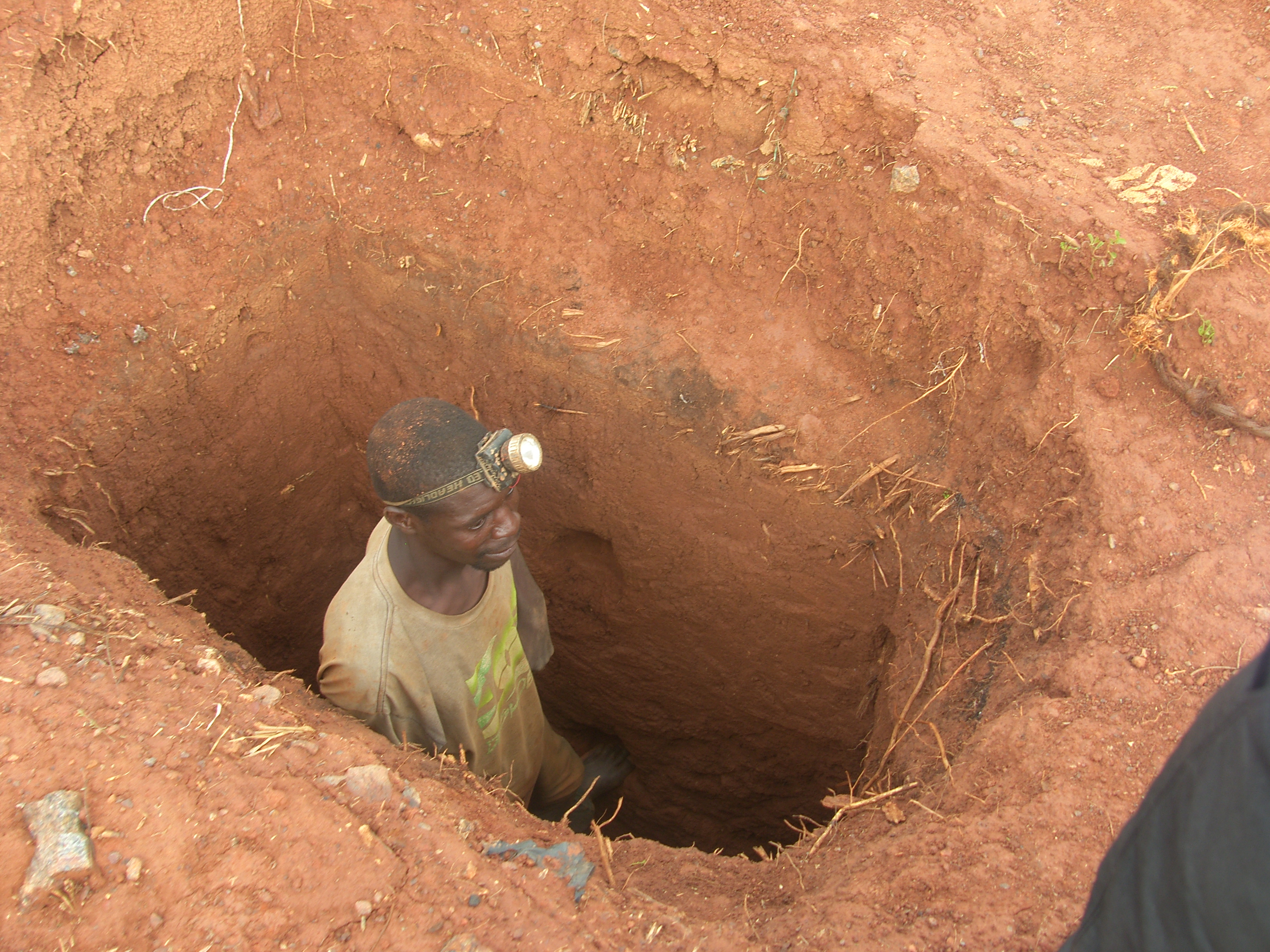INTER-RAIL-TECH AT MINE ENTRA 2018
The National railways of Zimbabwe (NRZ) having participated at the Mining, Engineering and Transport Exhibition (Mine Entra) for the past 23 consecutive years has unearthed the potential, opportunities and growth aspects throughout the mining, engineering and transport value and its related sectors. In line with this, it has opened up its massive mechanical workshop facilities in Bulawayo for outside commercial jobs.
As a result of the initiative, NRZ Engineering workshops comprising of qualified engineering staff from four NRZ divisions namely Mechanical, Signals, Electrical and Bridgeyard, have been rebranded to Inter-Rail-Tech with the motto “Engineering drive for success”. The workshops are among the largest integrated engineering workshops in Southern Africa and are geared to provide a one stop solution to the mining and engineering industries.
Inter-Rail-Tech is generally into mechanical electrical and structural engineering, offering designing, fabrication, manufacturing, reconditioning, repairs, rewinding, servicing and consultancy as well as boiler and wire rope maintenance inspections. With qualified technical staff comprising of engineers, technicians and artisans; the NRZ has realized there is a huge market for Inter-Rail-Tech services. Inter-Rail-Tech is targeting mining, production, manufacturing and agricultural sectors as well as individuals to serve them, as it believes no job is too small or too large to execute.
The birth of the Inter-Rail-Tech brand came courtesy of its excess capacity in the form of idle machinery and hence accommodating outside jobs signifies the organization’s drive to unlock value and increase capacity utilization of these workshops. The gap in the market, for services offered by Inter-Rail-Tech came as a result of a number of companies based in Bulawayo, Midlands and the country at large closing down due to operational and economic challenges. This has prompted the NRZ workshops which have been receiving enquiries from industry across the board for the utilization of their services, to play a key role in standing-in for the closed industries.
Inter-Rail-Tech boasts of its wide range of industrial machinery and equipment CNC-Computerized lathe machine; balancing machine for balancing rotors, turbines and armatures; pressing machines which can press up to 150 Tons; a foundry; jack hammers for civil works; vacuum pressure impregnation plant; mobile cranes and bulldozer. It offers a one stop shop where a complete quality product is deliverable and is market flexible through barter deals.
The Inter-Rail-Tech projects speak volumes about NRZ’s future oriented thinking, coupled with zeal to consolidate our position of “Unlocking Engineering Capacity – Catalyst for Economic Growth”, allows us to set new trends within the engineering field. While traditionally formed to transport goods and passengers, our product offering has evolved over the years to reflect the new demands of our industry and country. NRZ’s Inter-Rail-Tech furthermore seeks to adopt total quality management and is working towards ISO Certification.
NYASHA MAVARANYIKA
PUBLIC RELATIONS MANAGER
10 OCTOBER 2018


